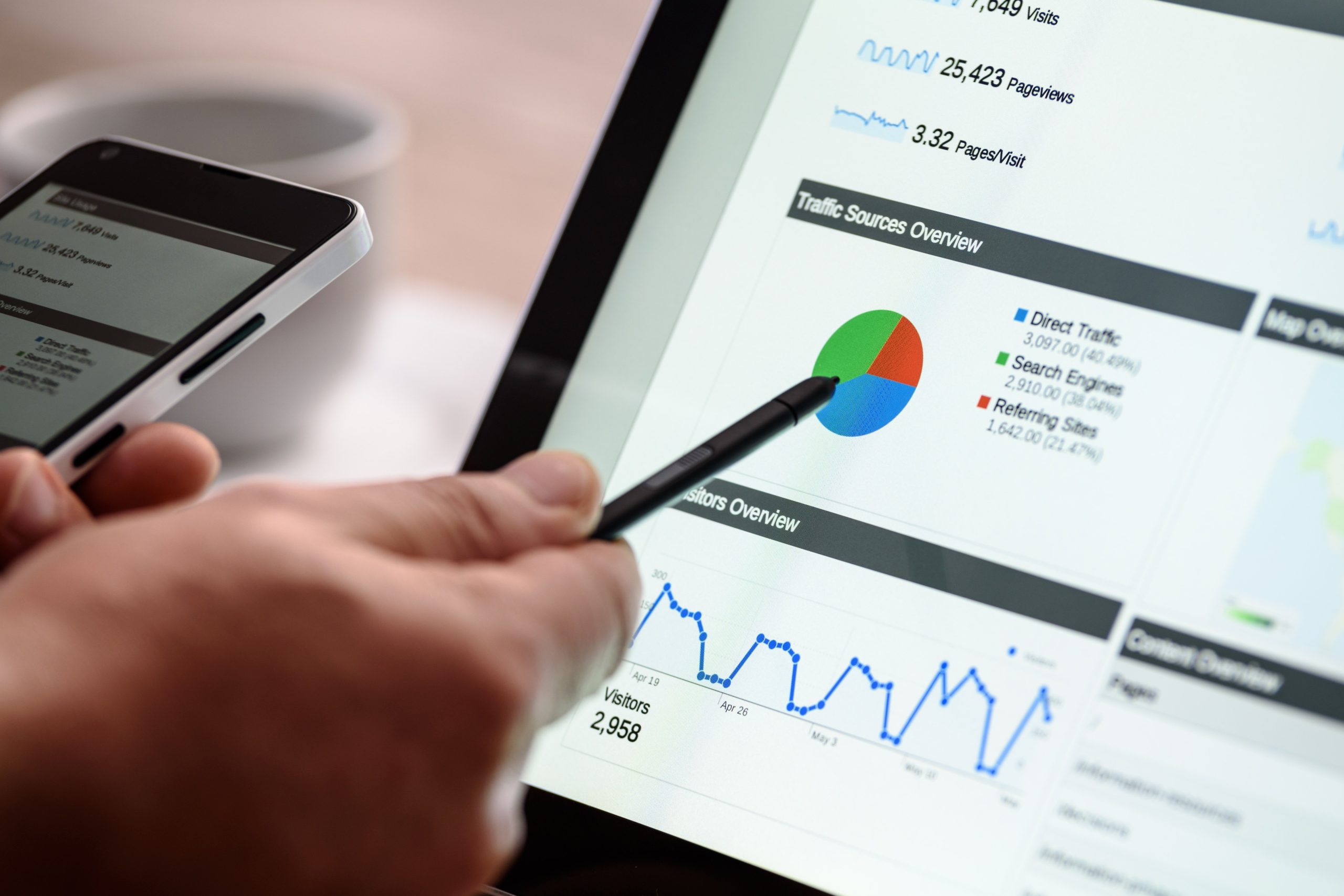African woman using a cellphone in an office alone Nigeria’s internet landscape is undeniably mobile-first. With over 150 million smartphone users and continually growing, having a website that isn’t optimized for mobile is akin to being invisible. However, simply relying on responsive design isn’t sufficient. To truly engage Nigeria’s smartphone audience, it’s vital to address the gaps in mobile responsiveness that can frustrate users and hinder conversions. In this article, we’ll explore key insights for
Balancing Innovation and Caution Chatbot assistant on smartphone app interface with artificial intelligence technology AI and automation are revolutionizing industries, bringing significant benefits while also introducing a range of risks that businesses in Lagos and globally must navigate. From job displacement to cybersecurity threats, understanding these challenges is essential to fostering sustainable growth. 1. Job Displacement and Workforce Adaptation One of the most pressing risks associated with AI and automation is job displacement. Over-reliance on
Microservices icons illustrate modularity, interconnectivity, and scalability. Outline icons set. Docker and Kubernetes: The Dynamic Duo Simplifying Scalable Deployments In the era of cloud-native computing, scalability isn’t a luxury. It’s a necessity. Yet, deploying and managing applications at scale was a labyrinth of manual configurations, inconsistent environments, and brittle infrastructure for years. Enter Docker and Kubernetes, two technologies that have revolutionized how teams build, ship, and scale applications. Together, they form a symbiotic ecosystem that abstracts complexity, automates
Augmented reality (AR) has long been confined to mobile apps and specialized hardware, but the rise of WebAR is shattering these barriers, transforming websites into immersive portals where digital and physical worlds collide. By integrating AR directly into browsers, developers are crafting experiences that let users visualize products in their homes, interact with 3D storytelling, and even manipulate virtual objects through nothing more than a smartphone screen—no app downloads required. This shift isn’t just technological; it’s redefining
In the digital age, user experience (UX) has transcended guesswork and intuition. The rise of data-driven UX design marks a shift toward precision, where every decision—from button placement to color schemes—is rooted in empirical evidence. By harnessing analytics, designers and developers decode user behavior, transforming raw data into intuitive interfaces that resonate deeply. This approach doesn’t just refine aesthetics; it builds bridges between user needs and business goals, fostering loyalty and driving growth. The Pulse of User




